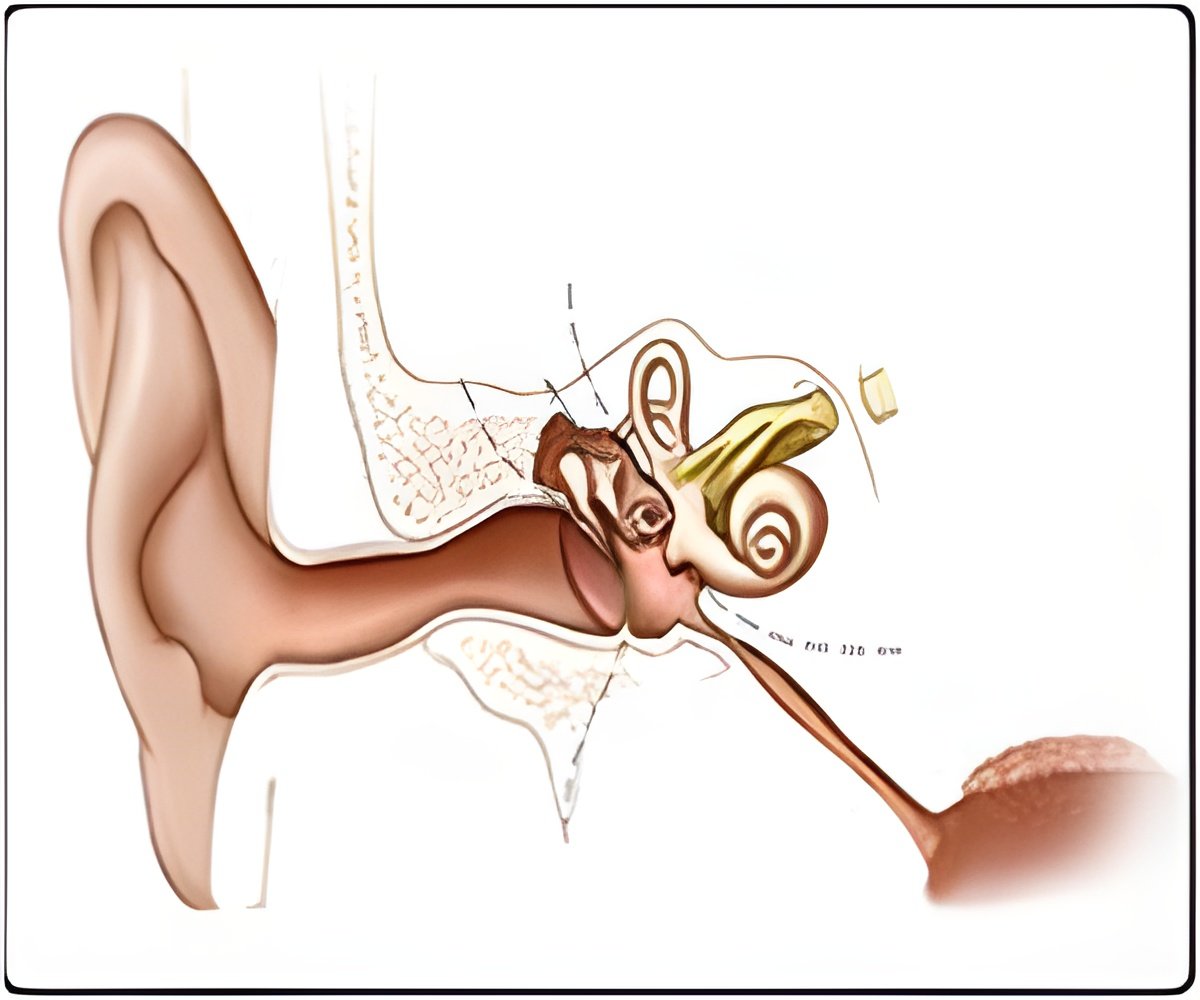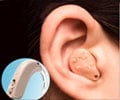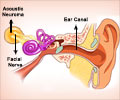Researchers come up with a new type of cochlear implant - a medical device that electrically stimulates the auditory nerve - that does not require an external device and wiring.

Researchers at MIT's Microsystems Technology Laboratory (MTL), together with physicians from Harvard Medical School and the Massachusetts Eye and Ear Infirmary (MEEI), have developed a new, low-power signal-processing chip that could lead to a cochlear implant that requires no external hardware. The implant would be wirelessly recharged and would run for about eight hours on each charge.
The researchers describe their chip in a paper they're presenting this week at the International Solid-State Circuits Conference. The paper's lead author — Marcus Yip, who completed his PhD at MIT last fall — and his colleagues Rui Jin and Nathan Ickes, both graduate students in MIT's Department of Electrical Engineering and Computer Science, will also exhibit a prototype charger that plugs into an ordinary cell phone and can recharge the signal-processing chip in roughly two minutes.
"The idea with this design is that you could use a phone, with an adaptor, to charge the cochlear implant, so you don't have to be plugged in," says Anantha Chandrakasan, the Joseph F. and Nancy P. Keithley Professor of Electrical Engineering and corresponding author on the new paper. "Or you could imagine a smart pillow, so you charge overnight, and the next day, it just functions."
Adaptive reuse
Existing cochlear implants use an external microphone to gather sound, but the new implant would instead use the natural microphone of the middle ear, which is almost always intact in cochlear-implant patients.
Advertisement
The new device would use the same type of sensor, but the signal it generates would travel to a microchip implanted in the ear, which would convert it to an electrical signal and pass it on to an electrode in the cochlea. Lowering the power requirements of the converter chip was the key to dispensing with the skull-mounted hardware.
Advertisement
But Chandrakasan and his colleagues also developed a new signal-generating circuit that reduces the chip's power consumption by an additional 20 to 30 percent. The key was to specify a new waveform — the basic electrical signal emitted by the chip, which is modulated to encode acoustic information — that is more power-efficient to generate but still stimulates the auditory nerve in the appropriate way.
Verification
The waveform was based on prior research involving simulated nerve fibers, but the MIT researchers tailored it for cochlear implants and found a low-power way to implement it in hardware. Two of their collaborators at MEEI — Konstantina Stankovic, an ear surgeon who co-led the study with Chandrakasan, and Don Eddington — tested it on four patients who already had cochlear implants and found that it had no effect on their ability to hear. Working with another collaborator at MEEI, Heidi Nakajima, the researchers have also demonstrated that the chip and sensor are able to pick up and process speech played into a the middle ear of a human cadaver.
Source-Eurekalert













